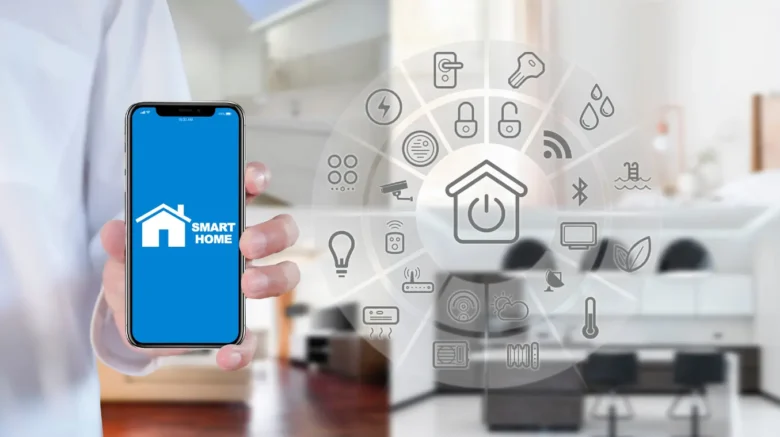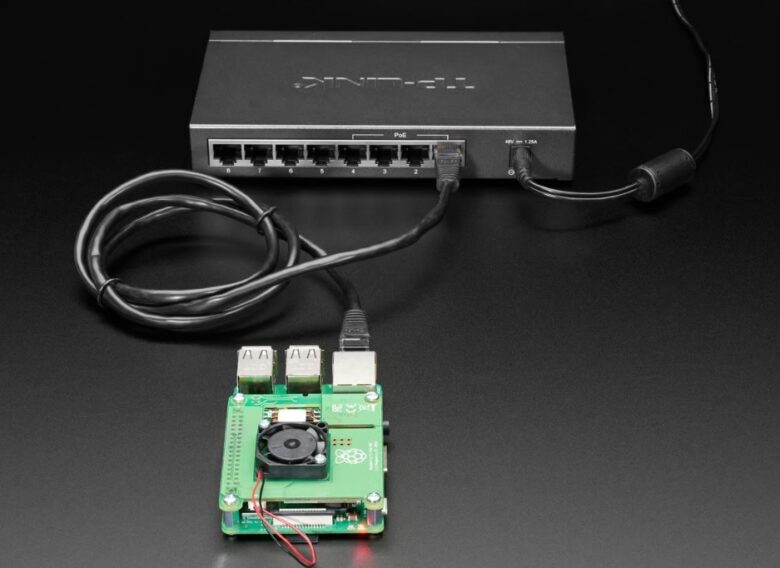One of the things we technology geeks love about home automation and security is how engineers are coming up with new ways to use existing technologies. A case in point is something known as power over ethernet (POE). Though it has been around since 2003, POE is just now starting to make waves in home automation and security.
POE is a simple technology in principle. It steals a page from USB in the sense of transmitting both data and power over a single cable. Its applications to home automation and security are profound when you consider the current dilemma of having to choose between wired and wireless systems. With POE, you get the best of both.
The Basics of POE
POE does exactly what its name implies: it carries standard electrical power over an ethernet cable. On the sending end, power is injected into the cable by a specialized switch or injector. Known as power-sourcing equipment, there are several types of devices capable of managing the task.
On the receiving end is a power device that receives the electric current and distributes it accordingly. In theory, just about any electronic component could be powered with electricity delivered by POE. Practically speaking, however, the solution does not make sense for devices that otherwise have no need of an ethernet connection.
Note that POE is governed by IEEE standards. The three most common standards for the technology are:
- IEEE 802.3af (PoE) – up to 15.4W of power
- IEEE 802.3at (PoE+) – up to 30W of power
- IEEE 802.3bt (PoE++) – up to 60W or 90-100W of power
A standard POE setup delivers power and data at a distance of just over 300 feet. Installing extenders along the path can increase the POE range significantly. However, in a typical home automation setup, distances in excess of 300 feet are not the norm.

Deploying POE for Home Automation and Security
POE technology is still an outlier for home automation and security. However, its popularity is catching on. One of the most common uses of technology in home security is video surveillance. POE offers the benefits of a wired camera with the ease of use and installation of a wireless model.
Engineers are also utilizing POE to operate smart LED lighting, IP intercoms, wireless access points, and more. I can see the appeal of the technology for new home construction where builders are including home automation and security in their designs. I’m still not sure it’s a better option for consumers outfitting a home with no automation or security features already installed.
Its Advantages for Home Automation and Security
POE has its advantages in home automation and security. At the top of the list is consistent power and data. With wireless systems, devices rely on battery power. But what happens if a homeowner forgets to check batteries from time to time? A device could lose power unexpectedly. With POE, power is never an issue as long as a home’s main power continues to work.
Another advantage is transmitting data over the ethernet cable rather than wirelessly. Cable transmission is more consistent and stable. It is faster in nearly every case. For home security especially, ethernet data transfer is better because cables can manage the large amounts of data cameras produce with absolutely no hiccups.

POE Device Installation
In terms of installation, you are running a single cable for both power and data rather than two separate cables. And because power is carried over the ethernet cable, you are not having to tap directly into the home’s electrical system. All in all, installation is faster and easier with POE as opposed to separate ethernet and power connections.
Vivint Smart Home, a nationwide provider of home automation and security equipment, suggests some additional benefits of POE for video surveillance cameras:
- Installation locations – POE increases a homeowner’s options in terms of camera placement. The technology allows increasing the number of installation locations without having to worry about wireless signals being interrupted.
- Performance – POE systems offer reliable performance 24/7. The direct connection to both power and network results in more consistency than wireless systems.
- Scalability – POE systems are easily scalable. New cameras can be added to a system without having to scout out additional power sources. The biggest consideration is adding extenders when necessary.
Despite its many advantages, POE technology does have its drawbacks. Some of the drawbacks may prevent it from overtaking wireless home security among American consumers.
The Disadvantages of POE
The big disadvantage of POE over wireless is that the same ethernet cable that makes the technology so popular. Wiring an entire house with POE security cameras means one of two things: having exposed ethernet cables in plain sight or burying them behind the walls. From an installation standpoint, it is the same conundrum homeowners face when considering wired systems.
Consumers appreciate wireless cameras because there are no cables to contend with. They are fine with having multiple wireless devices connected over their home networks. Ask them to start running ethernet cables all over the house and there may be some resistance.
A second disadvantage of POE is less flexibility with more complex setups. Yes, POE cameras can be put in more locations due to not having to worry about wireless signals. But once a setup is complete, moving cameras around becomes a hassle. Moving a single camera also means moving the cable that comes with it.
A wireless camera is not tethered to the system by a cable. It can be picked up and moved with impunity. This allows for an endless number of configurations based on just about any need.

A Still Maturing Idea
Fairness dictates admitting that POE for home automation and security is still a maturing idea. It is still novel enough that consumers are excited about it. But as time goes by, the current excitement will be replaced by more thoughtful ways to deploy POE for a safer and more efficient home. I am looking forward to that.

